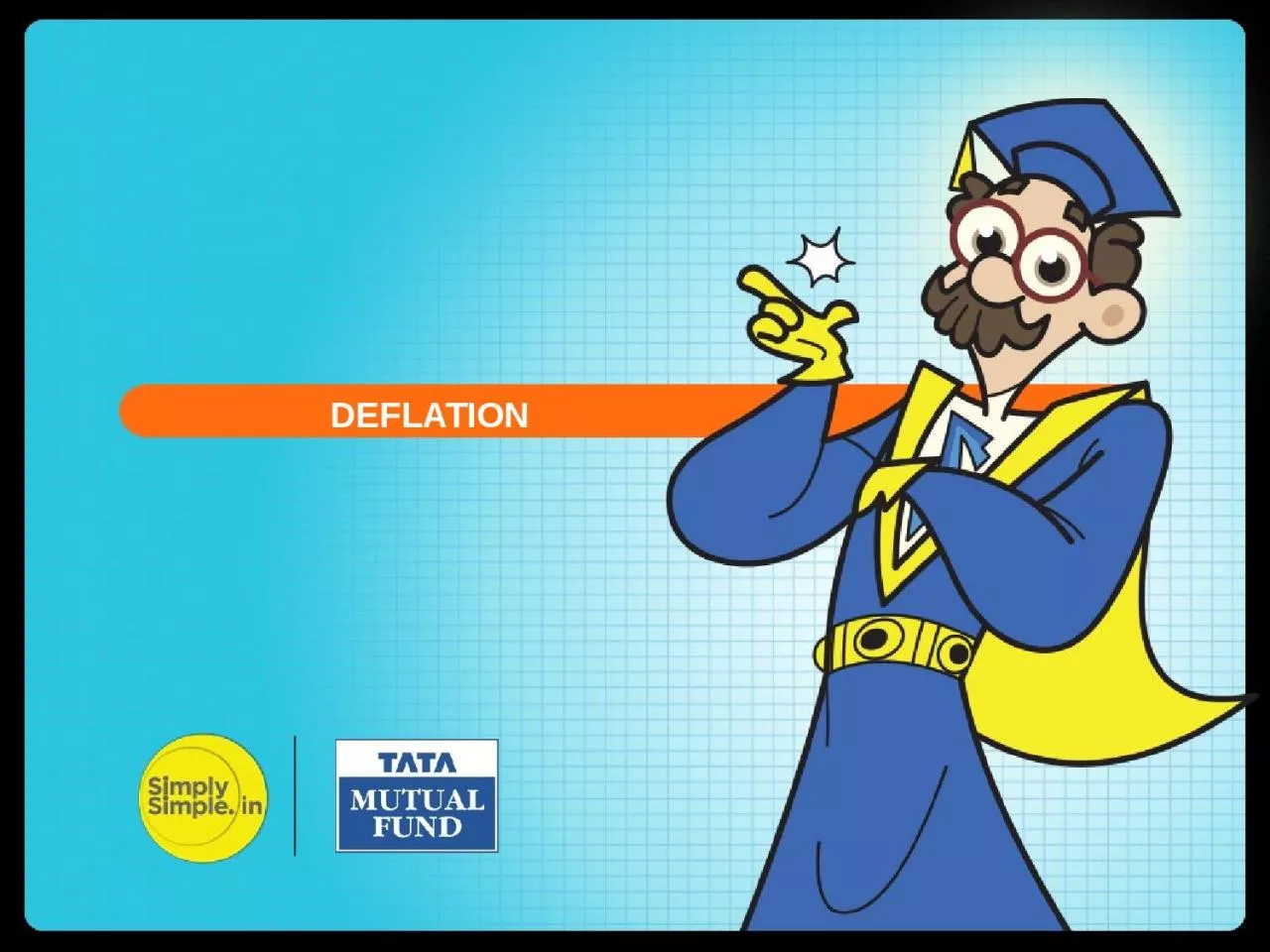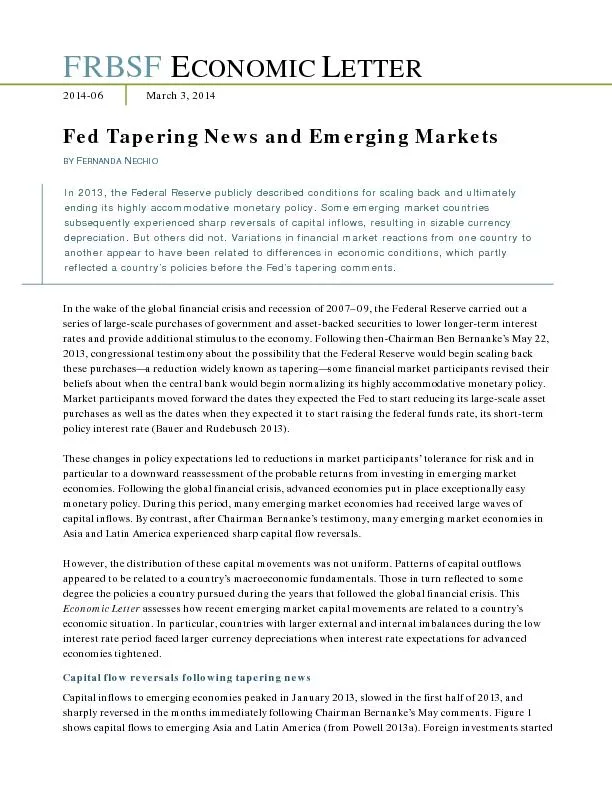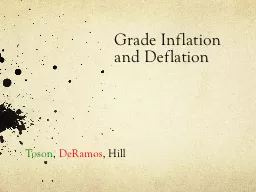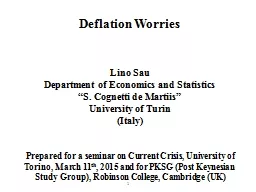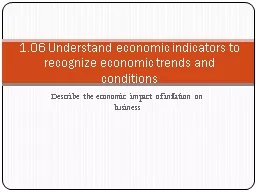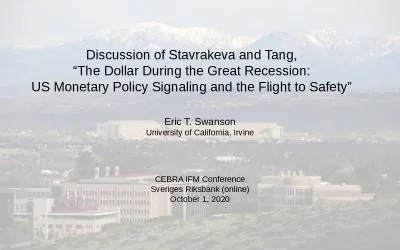PPT-FED TAPERING DEFLATION Breaking News:
Author : claire | Published Date : 2023-10-04
India Inflation Rate reported at 027 for the week ending March 14 2009 DEFLATION This has been the lowest since 1977 Are we getting into negative space Will it
Presentation Embed Code
Download Presentation
Download Presentation The PPT/PDF document "FED TAPERING DEFLATION Breaking News:" is the property of its rightful owner. Permission is granted to download and print the materials on this website for personal, non-commercial use only, and to display it on your personal computer provided you do not modify the materials and that you retain all copyright notices contained in the materials. By downloading content from our website, you accept the terms of this agreement.
FED TAPERING DEFLATION Breaking News:: Transcript
Download Rules Of Document
"FED TAPERING DEFLATION Breaking News:"The content belongs to its owner. You may download and print it for personal use, without modification, and keep all copyright notices. By downloading, you agree to these terms.
Related Documents

